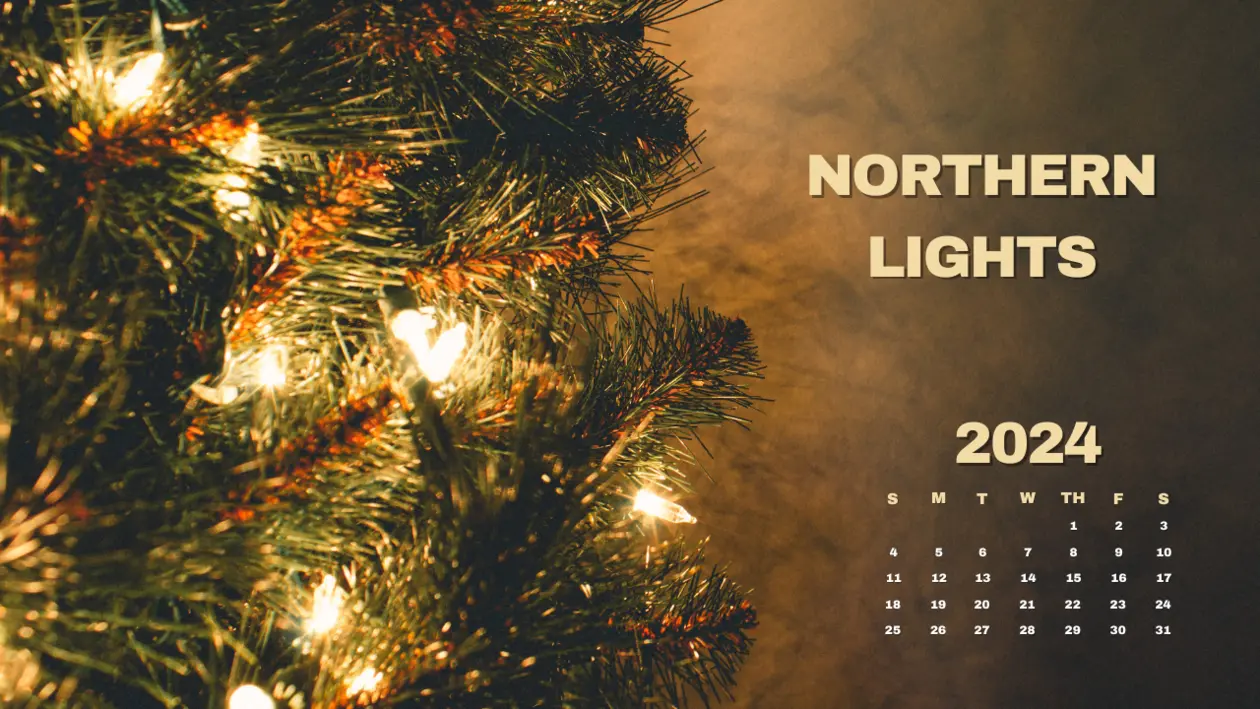Have you ever dreamed of witnessing the breathtaking spectacle of the Northern Lights? These shimmering ribbons of color dancing across the night sky, also known as the Aurora Borealis, have captivated humanity for centuries. Recently, the search term “Northern Lights” has surged in popularity, and for good reason! With the right planning and a touch of cosmic luck, you could be the next one to witness this unforgettable natural phenomenon.
A Celestial Ballet: Understanding the Aurora Borealis
The Northern Lights are a result of a magical interplay between the sun and Earth’s atmosphere. When charged particles from the sun, called solar wind, collide with Earth’s magnetic field, they get channeled towards the poles. Upon reaching the upper atmosphere, these energetic particles interact with oxygen and nitrogen molecules, causing them to emit light in various colors. This breathtaking celestial ballet is what we perceive as the Aurora Borealis.
Planning Your Aurora Adventure: Prime Locations and Viewing Tips
To witness the Northern Lights in all their glory, travel to regions around the Arctic Circle. While glimpses might be possible at lower latitudes, the true spectacle awaits you further north.. Locations like Alaska, Canada, Iceland, Norway, Sweden, and Finland offer a front-row seat to this mesmerizing display.
Here are some key factors to consider when planning your Aurora adventure:
- Time of Year: The Northern Lights are most active during the equinoxes (September and March) due to favorable alignments of Earth’s magnetic field.
- Clear Skies: Light pollution from cities can significantly diminish the visibility of the Aurora. Look for destinations with minimal light interference.
- Aurora Forecasts: Several online resources and apps like NOAA’s Space Weather Prediction Center provide real-time aurora forecasts to help you plan your trip.
- How to watch the 2024 Boston Marathon today
- Sessy and BadAss Short and Sweet Stylish Girls Gaming Names
Capturing the Magic: Photography Tips (Optional)
Want to capture the ethereal beauty of the Aurora Borealis on camera? Here are some basic settings to get you started.
pen_spar
- Use a DSLR camera with a manual mode.
- Set your aperture to a wide opening (around f/2.8) to allow more light to enter the lens.
- Choose a low ISO setting (around 100-400) to minimize noise.
- Opt for a long exposure time (several seconds to a few minutes) depending on the intensity of the lights.
- Use a sturdy tripod to ensure sharp images.
Beyond the Spectacle: The Cultural Significance of the Aurora Borealis
The Northern Lights have held a special place in the cultures of Arctic communities for millennia. Ancient cultures attributed these shimmering lights to mythical creatures, used them for navigation, and drew inspiration for countless stories and legends.
Conclusion: Witnessing the Unforgettable
The Northern Lights are a truly awe-inspiring natural phenomenon that should be on everyone’s travel bucket list. By understanding the science behind the Aurora, planning your trip strategically, and using the right tools and techniques, you can maximize your chances of witnessing this celestial wonder. Embrace the adventure! Chase the Aurora Borealis and prepare to be dazzled by nature’s most spectacular light show.
